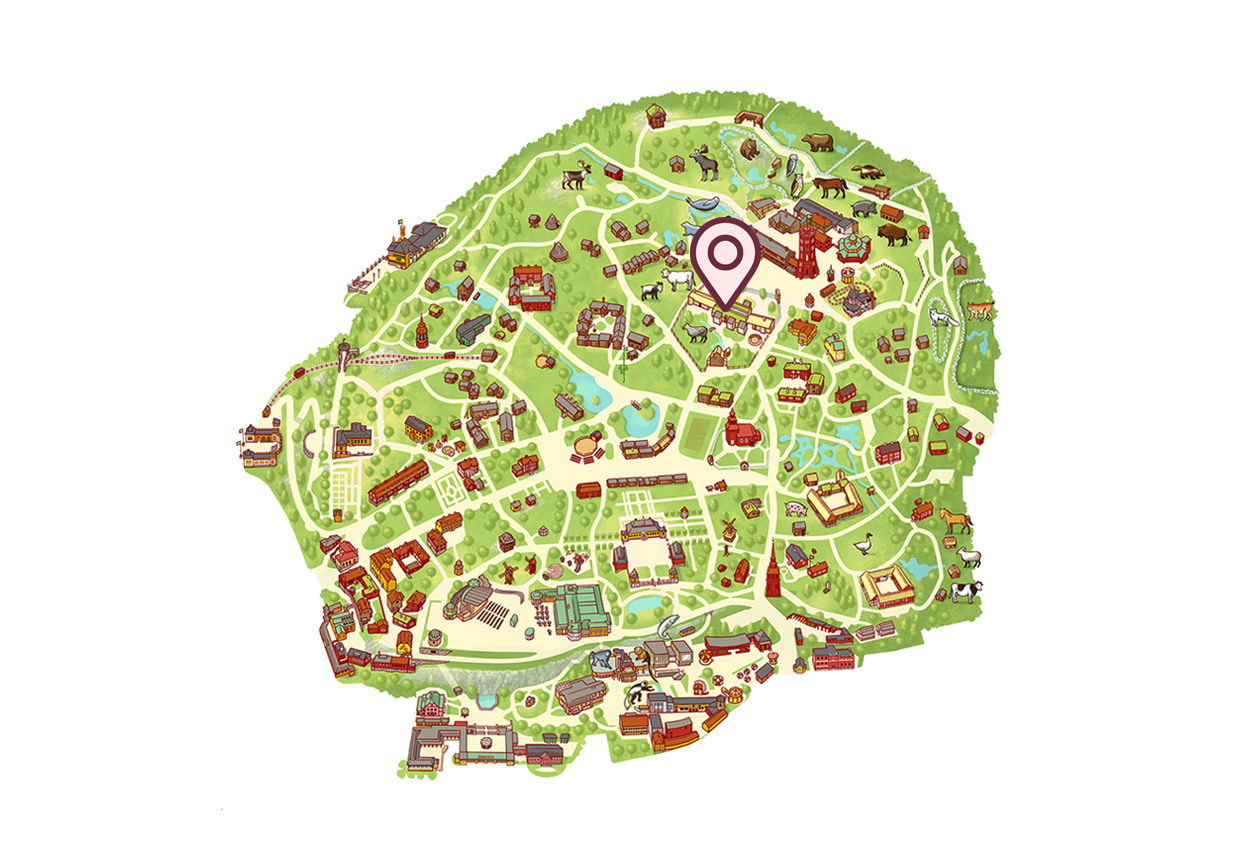Öland bantam
Humans have probably kept domesticated chickens for as long as they have been settled. There used to be chickens in every household and in every village. The Öland dwarf bantams live in a small red hen house at the Children’s Zoo.
You can find the Öland bantam here
